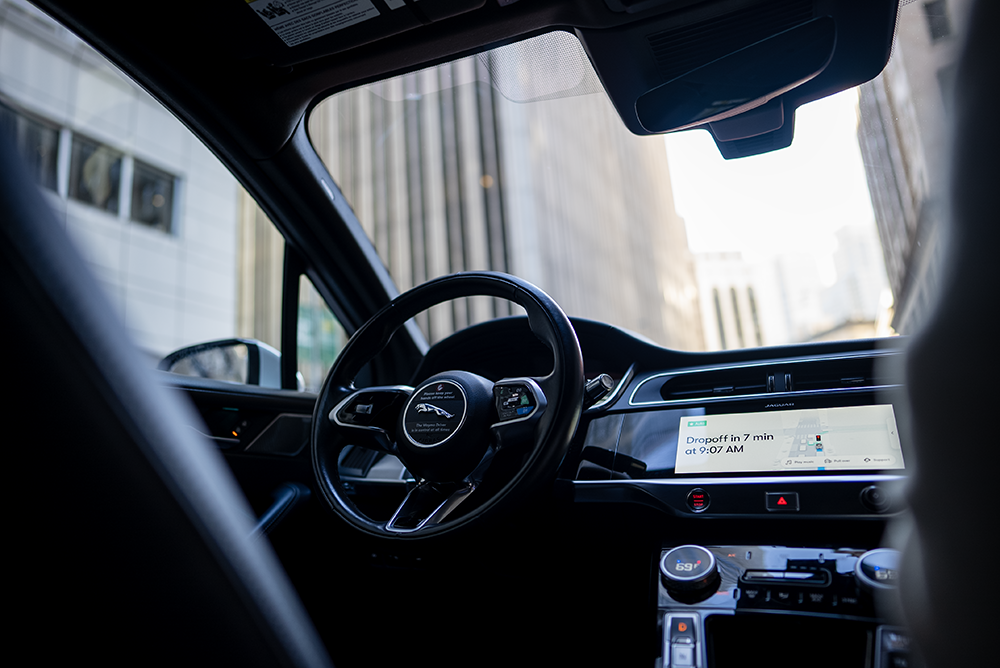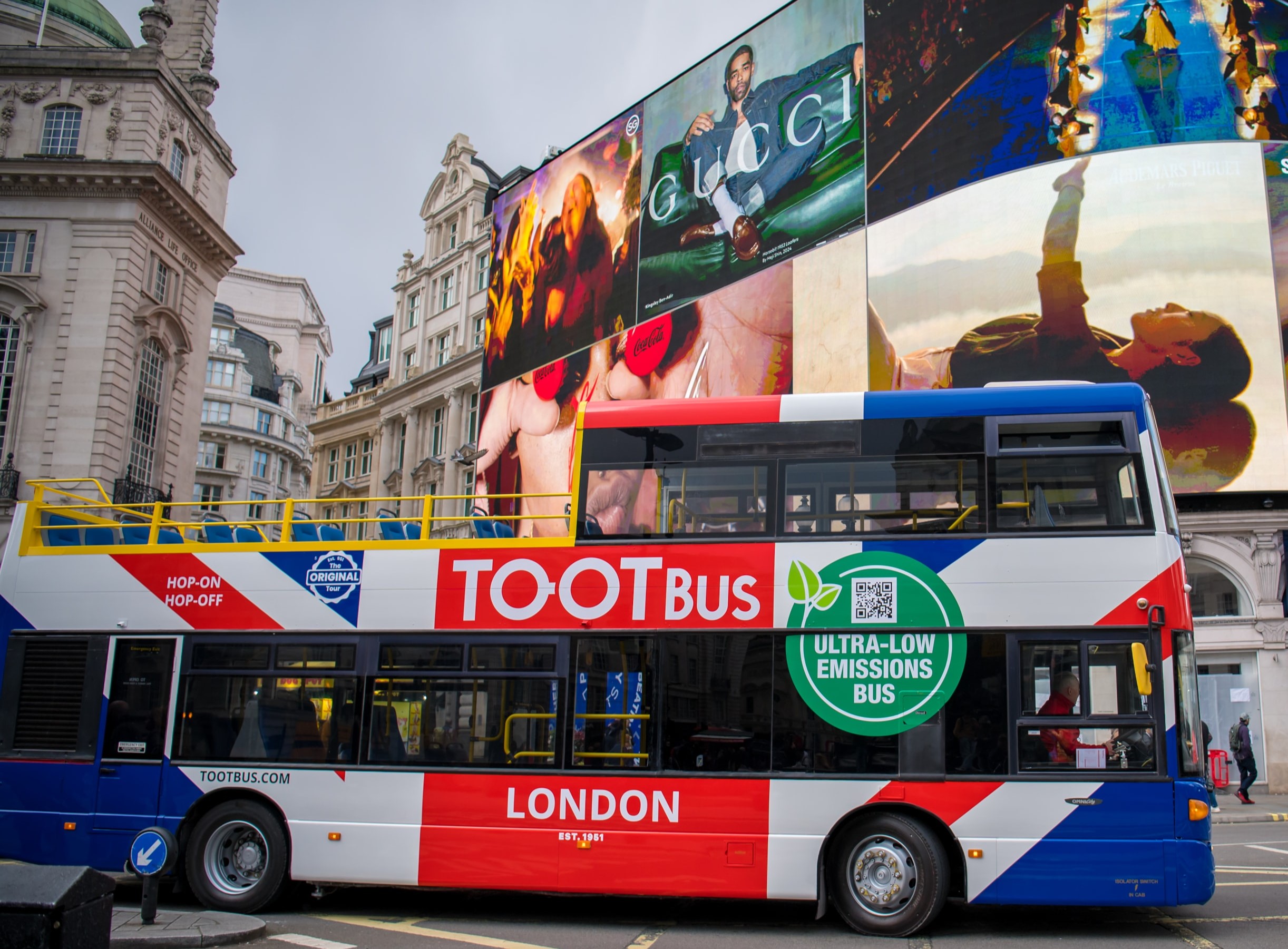
SMMT’s half-year registration data for the new light commercial vehicle market shows more than 156,000 vans, pickups and 4x4s have joined UK roads in 2025 – some -12.1% fewer than the same period last year. It represents the worst first half of a year since 2022 and while the picture is not entirely gloomy, it is unsurprising, given the market has shrunk for seven consecutive months.
The overall downturn was driven by reduced demand for large and medium vans, while small vans saw a notable increase of 30.7%. Pickups also rose, up 10.0% after a robust start to the year, but more recently we’ve seen two consecutive months of decline after new fiscal rules treating double cabs as cars were introduced in April. The change is increasing costs for businesses that depend on pickups and discouraging fleet renewal in the latest, cleanest models, with the SMMT continuing to urge government to delay the changes and give businesses more time to adapt.
Battery electric vans (BEVs), meanwhile, have showed strong growth across the year so far with registrations up 52.8% to 13,512 units, on the back of a 97% surge in June. Despite this, BEVs still represent only 8.6% of the market, far below the 16% share mandated by the government for 2025. Manufacturers are expanding their BEV offering with nearly 40 BEV models now available, but for uptake to grow alongside mandated ambitions, the Plug-in Van Grant must be supported by improved public charging infrastructure so that more fleets can consider switching.
This week SMMT published the 26th edition of the UK automotive industry’s annual Sustainability Report, showing the sector is making significant strides toward sustainability with car and commercial vehicle plants generating a record 60.3GWh of renewable electricity in the past year. Solar panels and wind turbines installed at manufacturing sites boosted the green energy which OEMs generated themselves by 30.3%, helping to cut nearly 12,500 tonnes of CO₂ emissions – efforts that support the UK’s broader decarbonisation push, including a greener energy mix.
Despite a 2.4% reduction in energy use per vehicle, the shift toward electrified models, which require more energy to produce, means overall demand will rise in the coming years. The industry is ready to invest and generate more of its own green electricity but grid connection delays, averaging nearly 14 years, risk holding back progress on both energy and transport decarbonisation. The cost of energy also remains a major concern for manufacturers with bills currently double the European average.
The government’s Industrial Strategy could enhance the sector’s global competitiveness by reducing electricity costs by up to 20%, helping to free up industry investment in production efficiencies, products and the workforce. First, however, automotive manufacturers need proposed energy cost reliefs to be extended beyond battery production to include the broader sector. Automotive OEMs are tasked with the critical role of delivering net zero, for the UK and for consumers, and the right measures will help us all achieve it sooner.


